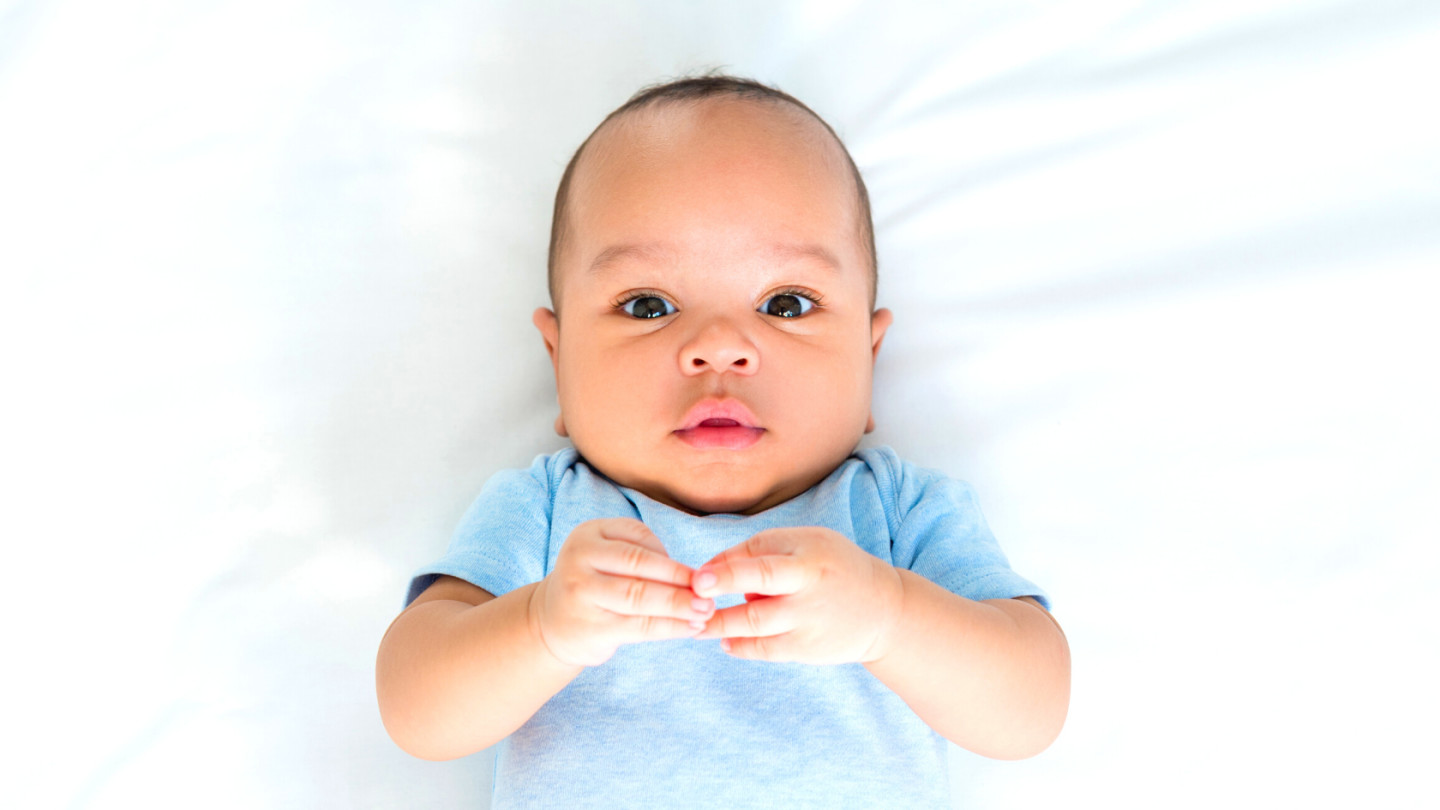How to Address Baby Sleep Based on Age
Chances are you've heard about sleep regressions. These periods purportedly create chaos with naps and nights when a baby reaches a certain age. Despite common belief, there's no reliable scientific evidence to support the idea that every baby undergoes a regression in sleep at a given age.
That said, we do see certain patterns within particular age ranges that tend to negatively impact sleep for many children. While we refer to these as "regressions" we tend to think of them as predictable shifts in sleep patterns.
Here's a breakdown of the most common pitfalls (and sleep solutions) during the first two years so you can handle anything that comes your way:
4 Month Regression

Around 3-4 months old, a baby's sleep matures. Suddenly they're sleeping in stages and cycles, similar to an adult. How much this developmental change will impact your baby's sleep depends in part on how they fall asleep.
If a baby has already started to learn the skill of falling asleep without parental assistance (i.e. they are put into their crib while they are still awake and drift off to sleep without being helped), this shift in sleep cycles may not impact your child's sleep much at all.
On the other hand, if your child (like many children in this age group) is fed, rocked or otherwise helped to sleep, you're more likely to see an increase in night wakings and short naps. Click here to read the full article.
8 Month Regression

Between 7-10 months, most babies begin to become more mobile, cut teeth and transition to two naps. Separation anxiety also often peaks at this age.
Children who used to lay down at bedtime and peacefully fall asleep are suddenly standing up and reaching for their parents, refusing to follow the bedtime routine that worked so well.
We also see a lot of overtiredness, as a result of the nap transition. This often results in difficulty falling asleep and staying asleep. Click here to read the full article.
18 Month Regression

When toddlers reach 14-18 months old, we see another round of developmental milestones that typically impact sleep. Children go through another nap transition (hello one nap in the middle of the day) which can cause overtiredness as children adjust to staying awake for longer periods.
What makes this period particularly challenging, however, is that children start to test boundaries and seek independence. "No" may become your toddler's new favorite word.
Bedtime can become much more challenging when your child no longer goes along with your sleep plan and experiments with ideas of their own. Click here to read the full article.
2 Year Regression

The main sleep issues plaguing parents of two year olds? Nap strikes and stalling at bedtime.
At this age many children need longer periods of awake time in order to be sufficiently tired for sleep. That means that toddlers are less likely to settle at naps and bedtime when they're offered too early. Couple that with their continued interest in pushing limits and seeking autonomy and bedtime often become a battle of wills.
Two year molars coming in can also make things tough for toddlers who aren't very interested in sleeping anyway. Click here to read the full article.
External Regressions
Nap transitions and rapid brain development can cause predictable bumps in your child's sleep journey. However, they aren't the only foreseeable causes of sudden sleep issues.
We often see changes in sleep habits after a child gets sick, travels or experiences a big change (such as a move, the birth of a sibling or starting school). It's common for children to need more comfort during these times. While it's understandable (and encouraged!) to offer additional comfort as needed, it's at these times that parents often stray from their typical routines in order to help their child sleep.
When parents respond by helping their child fall asleep in a new way (such as co-sleeping or rocking to sleep), the child's expectations about sleep begin to change. They'll often become accustomed to this new level of parental assistance and protest when the parent wants to go back to the way things used to be, before the sleep troubles started. Not only do we see more crying at sleep times, but we often see an increase in sleep disruptions as a result.
Three Tips for Optimal Baby Sleep
Whether you want to maintain your child's healthy sleep habits through a transitional period, or get back on track after a hitting a trouble spot, you'll want to consider the following:
1. Schedule
Scheduling issues can lead to a host of sleep troubles during the day and at night. Ensure your child is following an age appropriate schedule. This will help limit many sleep concerns caused by mistimed naps and bedtime. Sometimes it's as simple as adjusting bedtime earlier after dropping a nap.
Find optimal nap and bedtimes for your child with Huckleberry's SweetSpot® sleep predictor. You can also toggle between the number of naps on a given day if your child is in the midst of a nap transition.
2. Reset Expectations
When children fall asleep with parental help, this can lead to a sleep onset association. This in turn often leads to frequent night waking and shortened sleep. Helping your child learn to fall asleep independently when it's developmentally appropriate is sometimes the most important step in improving sleep.
During a regression we'll often see cases where the child already has independent sleeping skills, but their expectations have been changed (during a period when the parent has temporarily offered new assistance at sleep times). It's understandable that a child would cry and be confused when their parent stops offering this new help. In these cases we recommend re-setting your child's expectations by staying consistent and ensuring they learn to fall asleep independently once again.
3. Expert guidance
For us parents, the first few years of a child's life can be incredibly exciting and astonishingly challenging all at once. As your child grows and develops, your approach to sleep will need to evolve too. Huckleberry Premium was created to make sleep consultations for children more affordable for families. We take into consideration the uniqueness of every family's lifestyle as well as their sleep goals when working to create a successful sleep plan.
How to Address Baby Sleep Based on Age
Source: https://huckleberrycare.com/blog/navigate-sleep-regressions-and-pattern-shifts-like-a-pro
Postar um comentário for "How to Address Baby Sleep Based on Age"